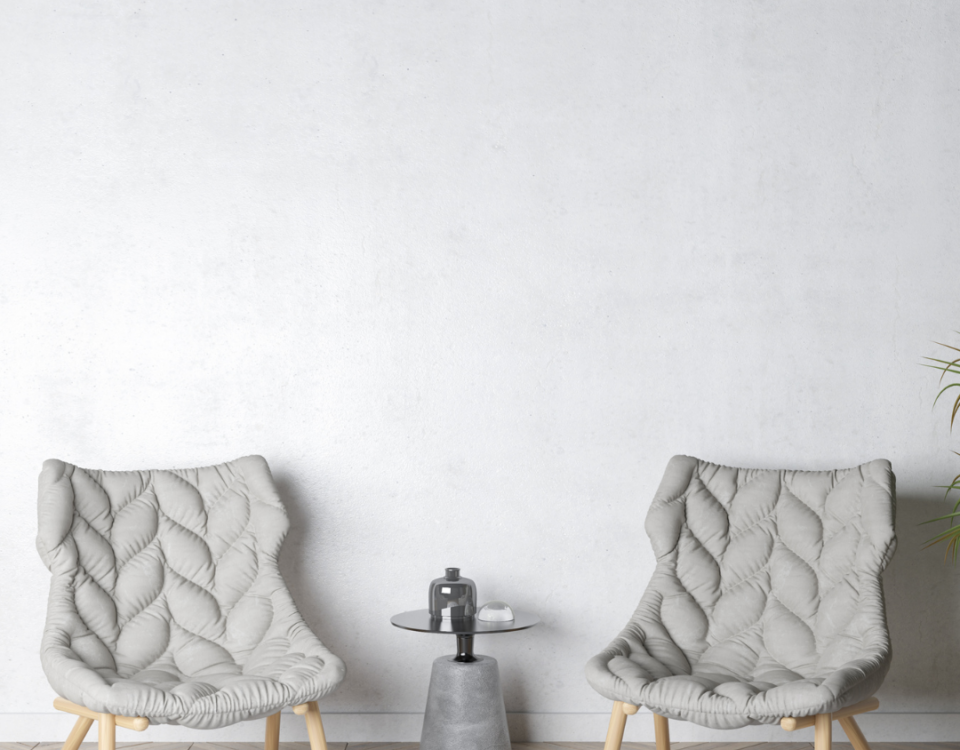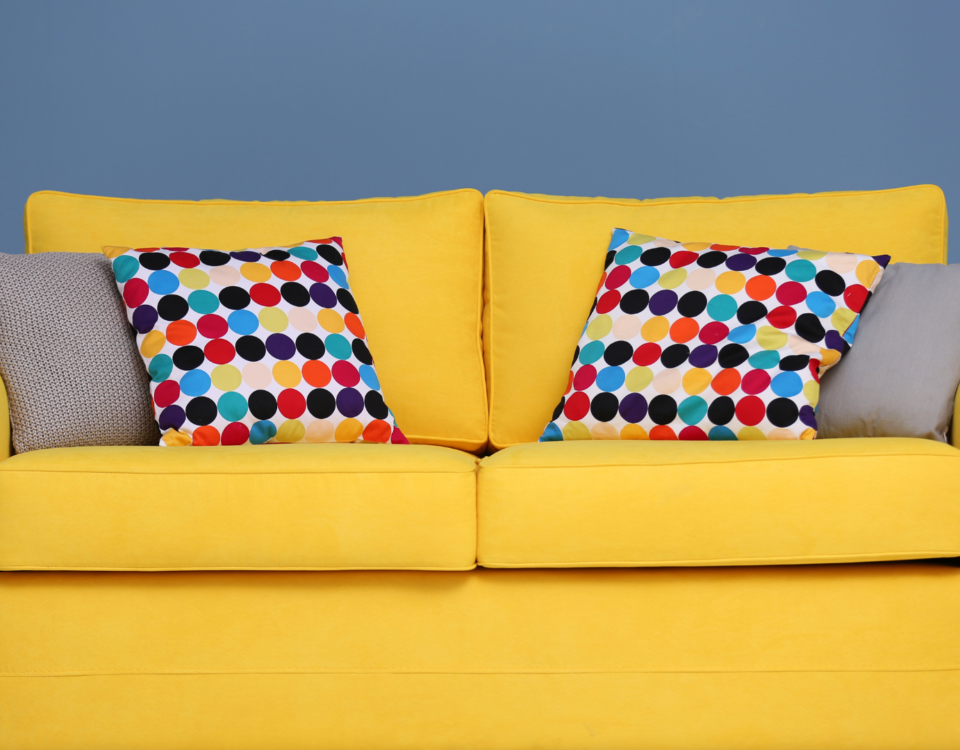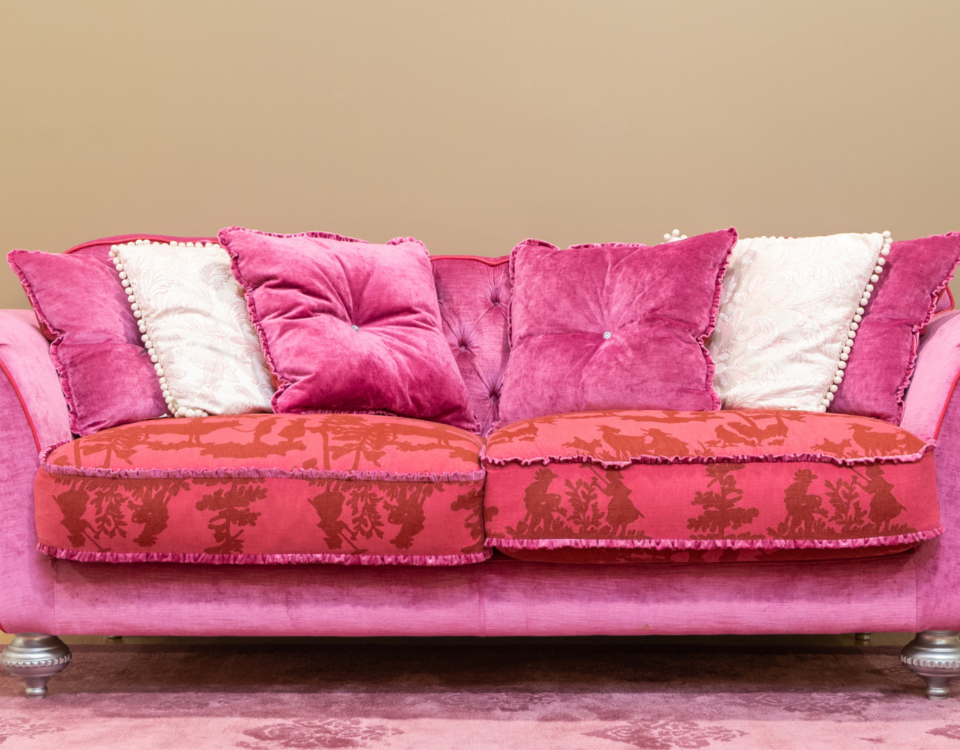
Choosing the Right Upholstery for Your Home – A Comprehensive Guide
March 14, 2023
Upholstery Cleaning Tips to Keep Your Furniture Looking New
March 14, 2023How to Repair Damaged Upholstery – A Step-By-Step Guide
Over time, upholstery can show damage from everyday use. This can include rips, tears and scratches that make a furniture piece look worn or old. But these damages can be easily repaired with a little care and attention.
The first thing to do is to clean the damaged area of the furniture with a soft cloth or cotton balls to remove all dirt and debris. This will help the repair material adhere to the furniture. If there are stains or marks, spray the area with a household cleaner to remove them.
If the damage is small, you can patch it with fabric glue or foam adhesive. However, if the damage is large, you may need to sew it. For this, you’ll need a backing fabric that is slightly larger than the damaged area and a needle and thread. The backing fabric will hold the repaired material in place and add strength to the repair.
Another common cause of rips and tears in upholstered furniture is sharp or pointy objects that puncture the fabric. To prevent this, keep the item positioned away from sharp corners or edges when moving or storing it. You can also wrap it in several layers of blanket to protect it.
Other causes of rips and tears can include cigarette burns or animal bites. These can be treated with fabric interfacing that will bond with the fabric to reseal the hole. You can also use a spray-on adhesive that is specifically designed for repairing holes in fabric.
One of the most important things to do when repairing any upholstered furniture is to use a high-quality, professional-grade cleaning product. This is because common upholstery cleaners can strip the natural coloring and material from the furniture’s fibers.
For a better-quality cleaning, choose products that are made for leather or fabric. These cleaners will be gentler on the fabric or leather and won’t harm it in the long run.
Once you have cleaned the damage, it’s time to apply the repair compound. The best type of fabric and leather upholstery repair kit will contain Rapid Fix Fabric and Leather Adhesive plus color refinishing compounds that can be mixed to match the fabric or leather.
After the repair has dried, blow off excess fibers and the repair will be ready to move onto the next step. You can also apply a clear hairspray to the repair to protect it from hard wear and tear.
It’s also a good idea to use protective gloves and work slowly and carefully when handling the upholstery. You don’t want to cause any more damage while you’re repairing it.
Lastly, if you plan on selling the furniture or keeping it as a family heirloom, it’s wise to take it to a professional who knows how to handle delicate materials. This way, the repair is done right and won’t damage the furniture in the long run.
The tips above should be able to help you keep your upholstered furniture looking new and like-new for years to come. But if you have a large, expensive piece of furniture, it’s worth investing in a quality furniture restoration service to ensure that the furniture stays in its best condition for as long as possible.
The Art of Upholstery: A Look Into the Craft and Its History
Choosing the Right Upholstery for Your Home – A Comprehensive Guide





